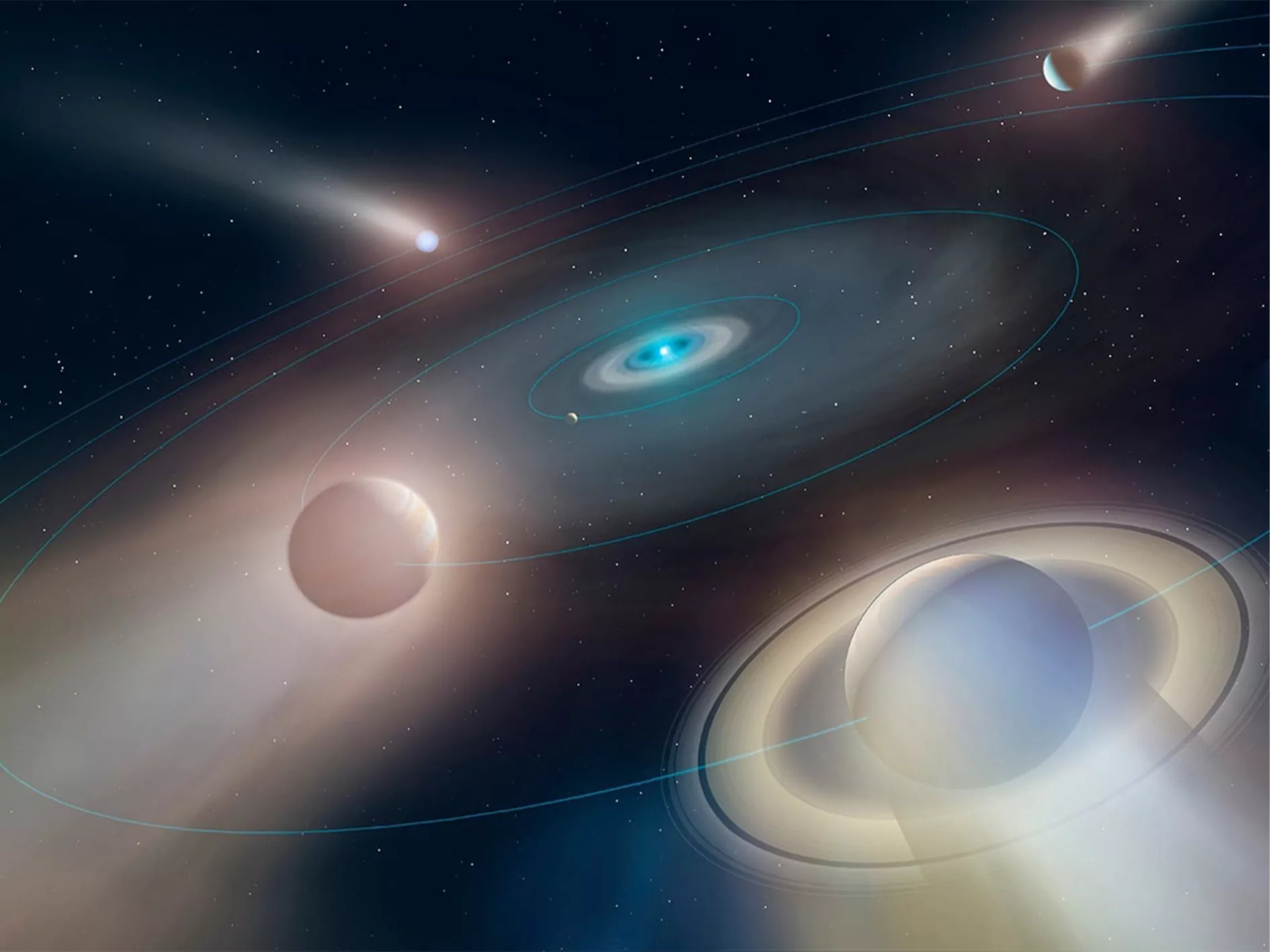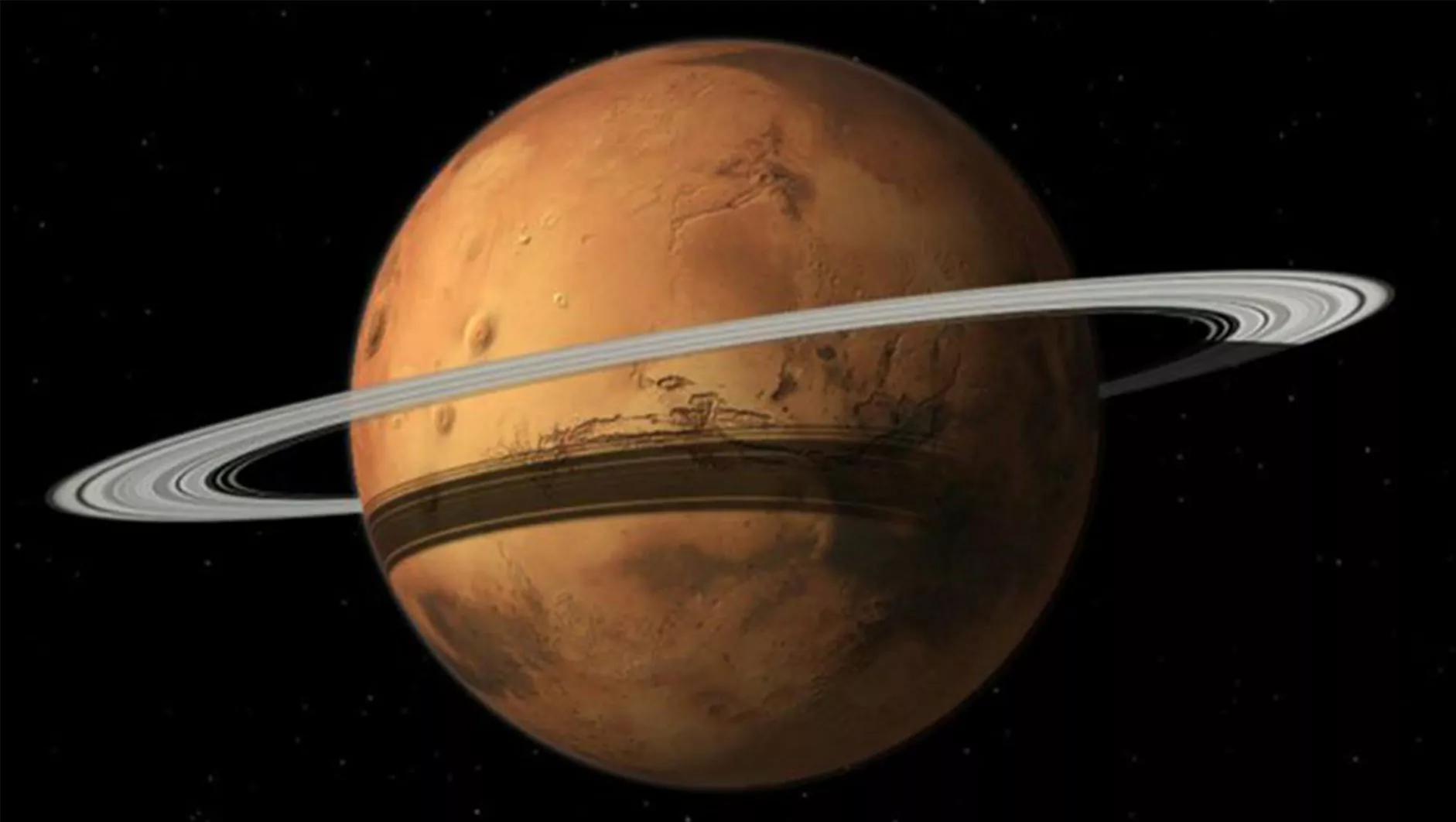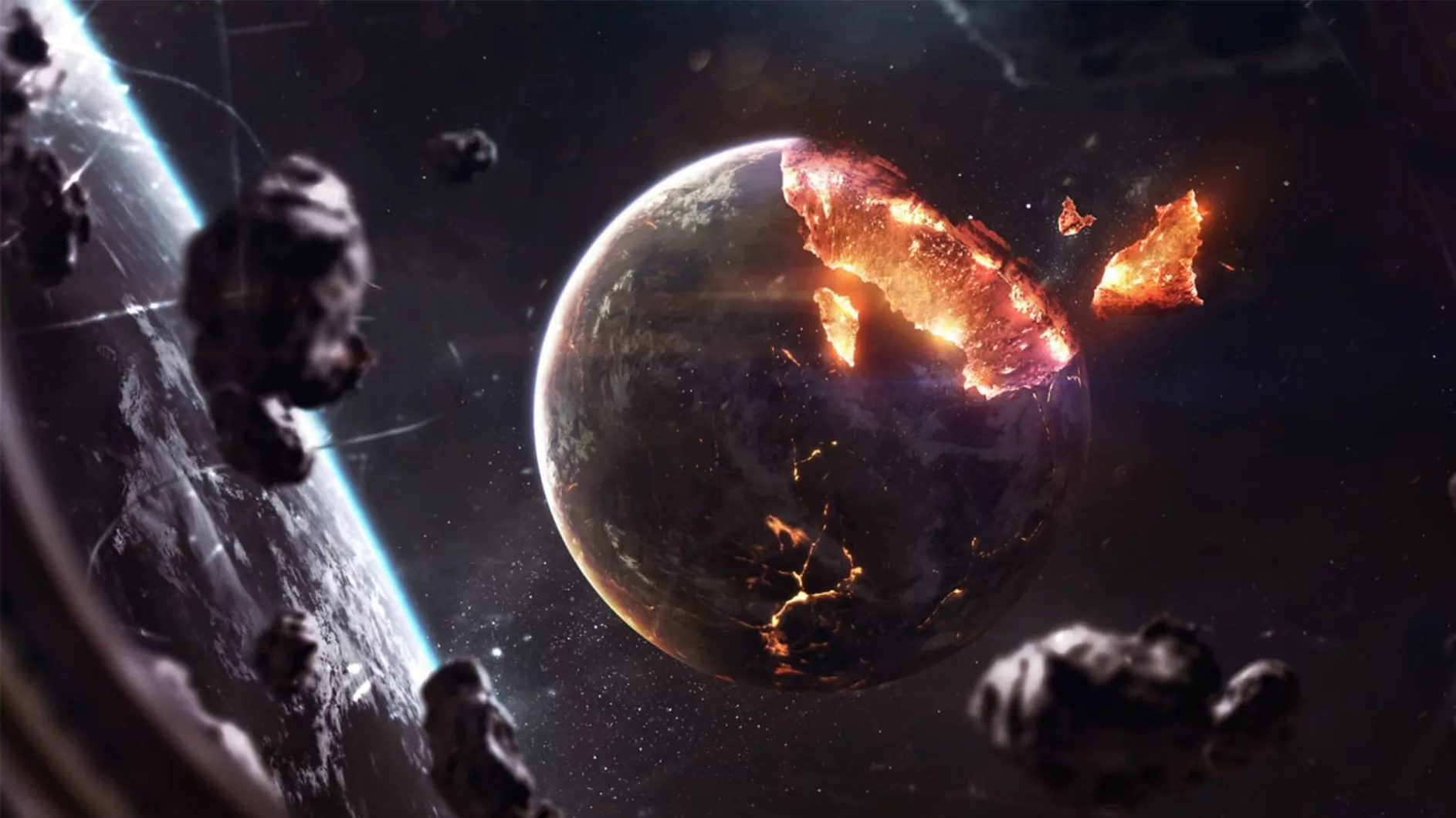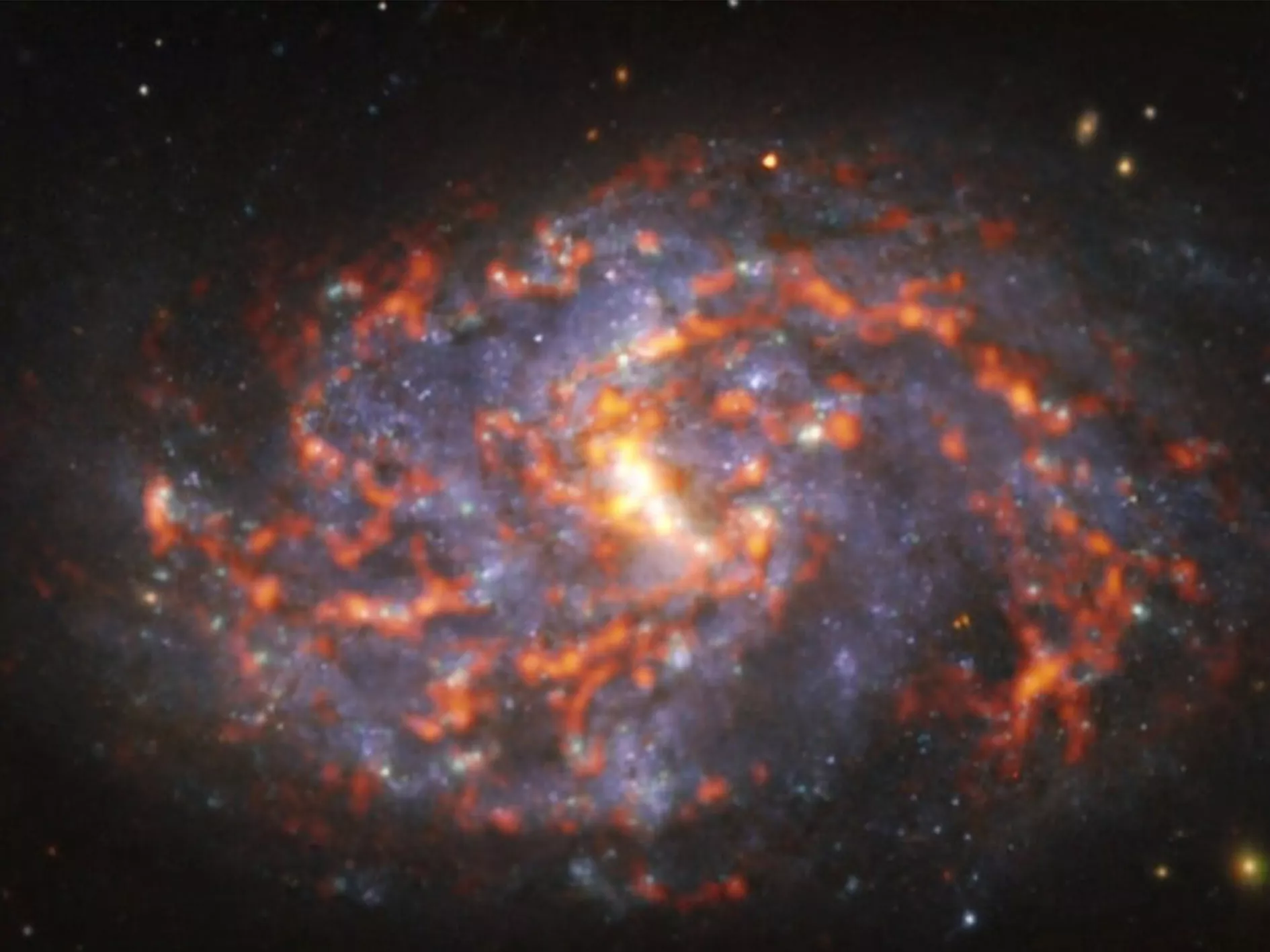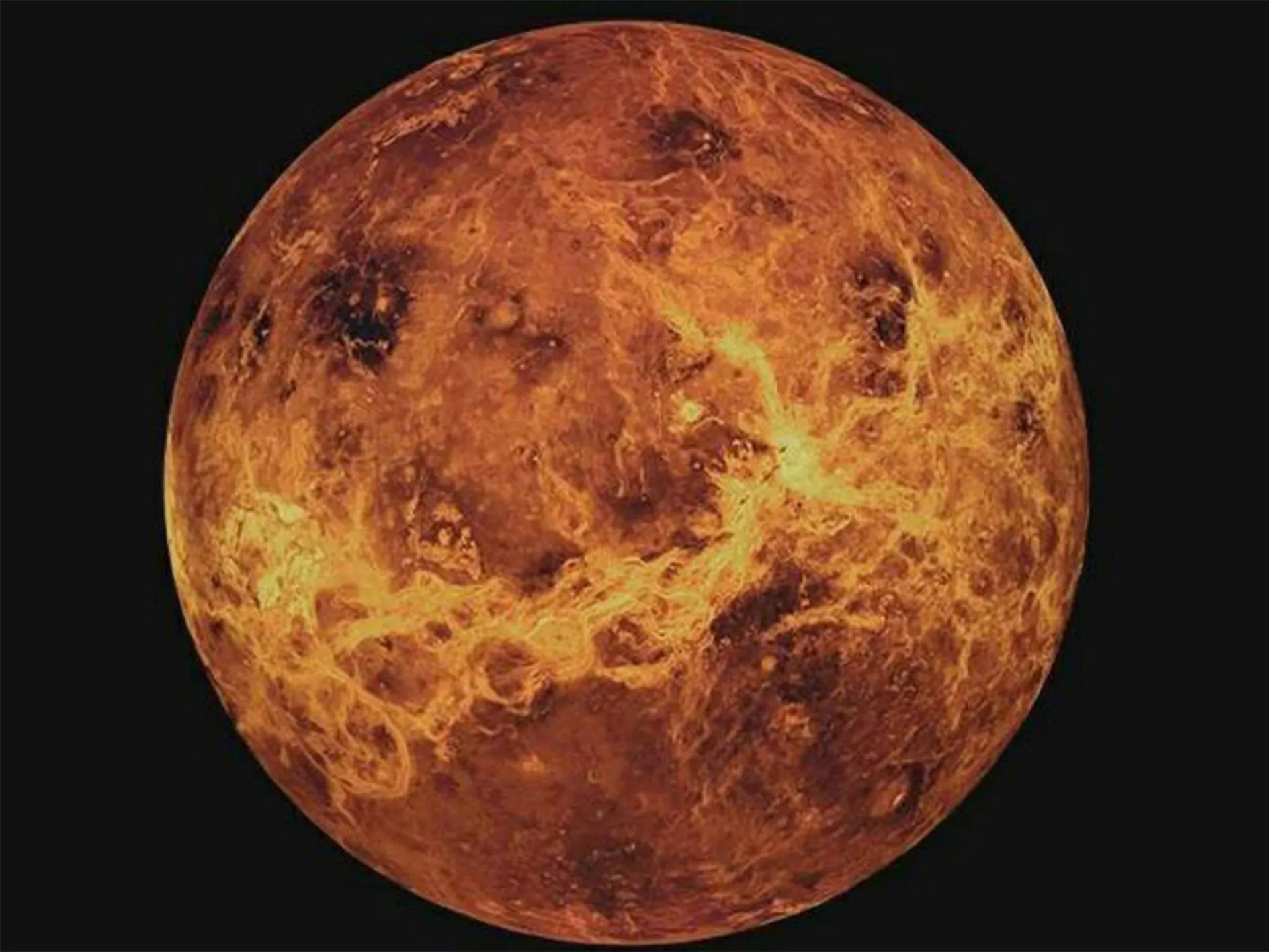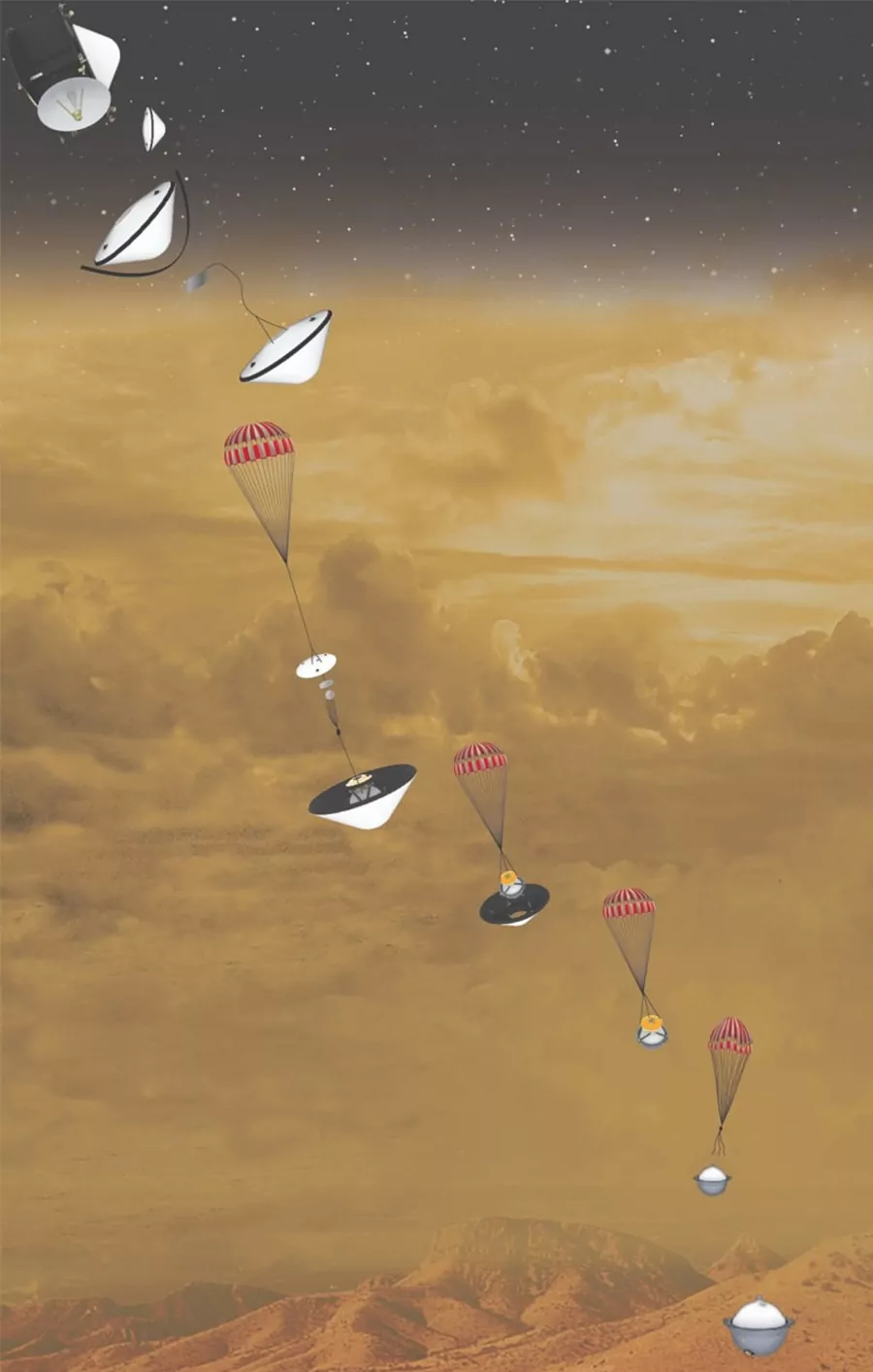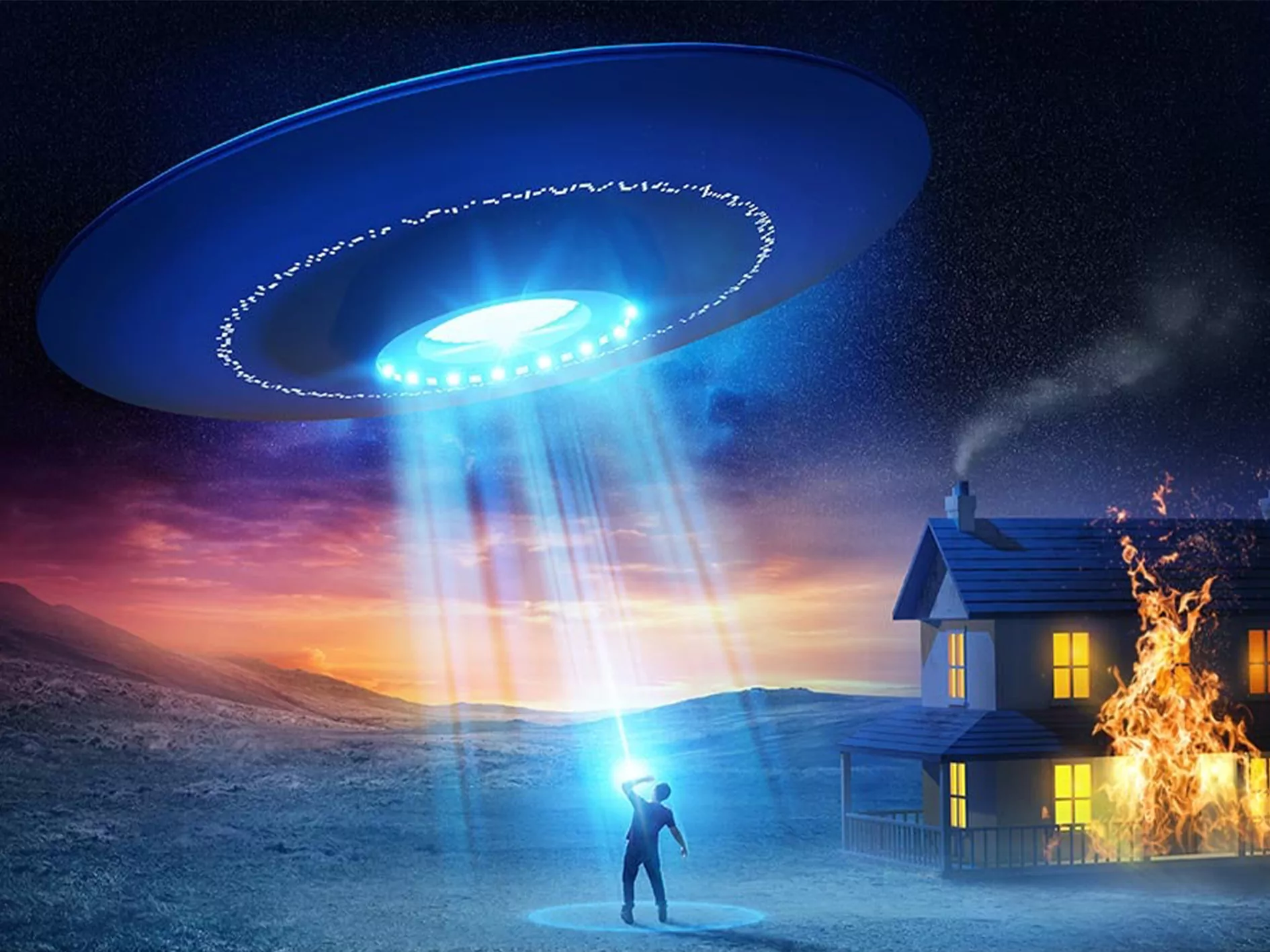-
Why is the Earth’s surface warmed up better than at the height of clouds?

If you understand the clouds are closer to the Sun. Here, the different ability of clouds and the Earth’s surface to reflect and absorb sunlight plays a role. The earth heats up and gives off heat, and clouds often do not have such an opportunity If we compare the distance from the surface of the…
-
As astronomers have found out, large planets can tear off the shells of dying stars

According to the scientific council, the results of the research allow us to explain the existence of systems with planets and brown dwarfs orbiting at short distances around the remnants of sun-like stars Planets whose mass exceeds Jupiter by more than a dozen times, for example, can tear off the outer shell of the star…
-
One of the two moons of Mars will be destroyed

Scientists from time to time made a forecast of the orbit of Phobos, the study showed that for every 100 years Mars attracts a satellite by 2 meters. According to scientists, in 20-40 million years the satellite will be destroyed by the tidal forces of Mars into many parts — this is of course approximate,…
-
What happened to the planet Phaeton?

Now, this once-existing planet is now a pile of debris — its orbit is an asteroid belt. What happened to Phaethon was that it was never able to form as a single planet. Jupiter tore it up. The attraction of Jupiter destroyed all the more or less large planetary embryos in the area of the…
-
Spiral Galaxy TPS 1087

In this photo of the ALMA radio telescope, it looks like a sleeping snake curled up in a ring… In reality, this object is from deep space — or, to be more precise, the spiral galaxy NGC 1087. The Milky Way and NGC 1087 galaxy have jumpers — only NGC 1087 galaxy has a very…
-
What we know about Venus in two phrases

Venus, or rather its surface is always hidden behind a curtain of thick clouds, which makes it difficult to observe the second planet from the sun. Due to the density of clouds, it is inaccessible by any powerful ground-based telescope. However, using radar technology, the launches of automatic stations to this planet have long received…
-
Only 0.000002% of all the stars of the Milky Way we can see

According to conservative estimates, there are about 100 billion stars in the galaxy with the name «Milky Way», scientists estimate (according to others — 400 billion). With the naked eye, a person can see no more than 10,000 stars, whether it is a lot or a little, you can judge. But the scale is still…
-
NASA announced the landing site of the Venus probe DAVINCI to study its atmosphere

DAVINCI and the automatic VERITAS station were chosen by NASA to implement the Discovery program. A project to create an orbital repeater probe and a descent atmospheric probe. All this should be prepared and launched, sent to Venus in June 2029. It will take six months for the CRIS orbiter to make its close flyby…
-
One light–year what is it equal to?

It is equal to ~ 10 trillion kilometers — this distance is simply unthinkable, it cannot be superimposed on something earthly to at least project in your head how far it is. You and I on Earth are used to correlating everything with the physical distances between two objects. Only in space, in its infinite…
-
Is there extraterrestrial life and what is their hostile attitude towards Earthlings?

Scientists suggest that approximately four hostile civilizations may inhabit the Milky Way, which are capable of invading the Earth. But again, in order not to scare you, these are assumptions built on indirect signs. Scientists still suggest that on some planets of the millions of planets in the Milky Way, on which extraterrestrial life may…

